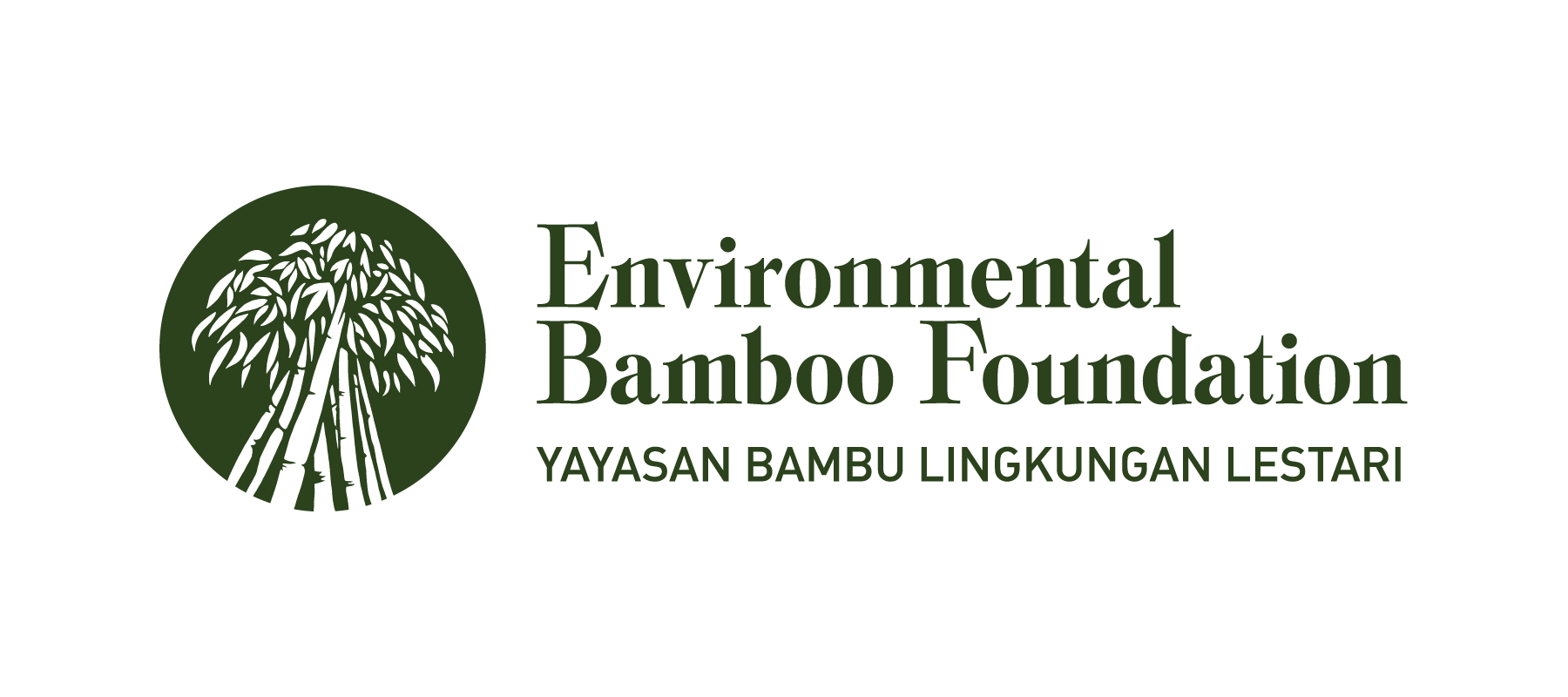The hydrological conditions in Timor Island, Indonesia, are characterized by limited surface water potential. The presence of erratic seasonal changes, which is an indicator of climate variability, exacerbates this situation. Efforts to sustain water resources are often constrained by limited data on climate variability’s impact on water resources. The objective of this study is to appraise the vulnerability of water resources to climate variability in Noelmina watershed. Temperature and precipitation data from the last three decades were used to describe climate variability. This study used the vulnerability concept developed by Intergovernmental Panel on Climate Change. It is defined as a combination of exposure and sensitivity minus adaptive capacity. In this concept, groups of criteria-indicators that represent exposure, sensitivity, and adaptive capacity, such as watershed conditions; water demand and community dependence on land; human quality, socio-economic conditions, and water catchment areas, were presented spatially, given weights and values, then overlaid to get indexes and vulnerability maps. Results revealed that annual temperature shows an increasing trend, whereas annual precipitation has been falling during the last three decades. Vulnerability maps showed that the middle region of the watershed has the highest vulnerability level, followed by the upper and downstream watershed regions.
